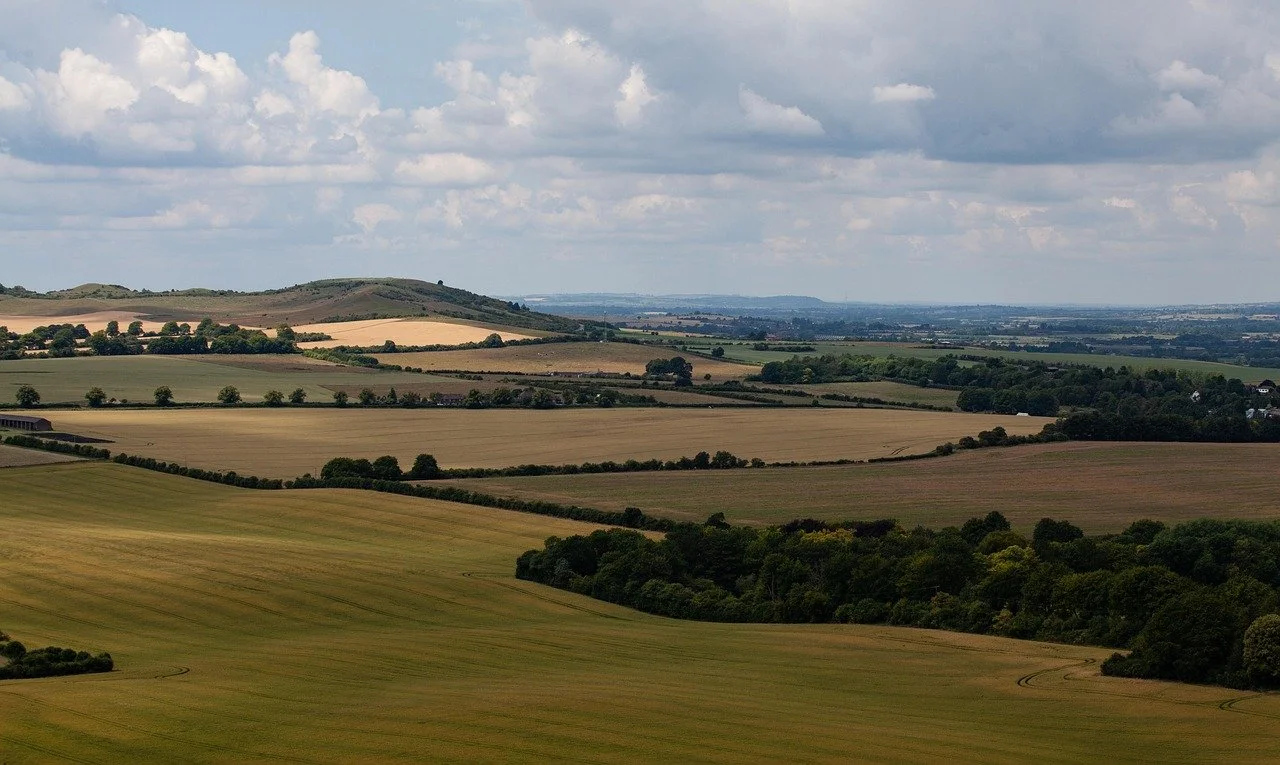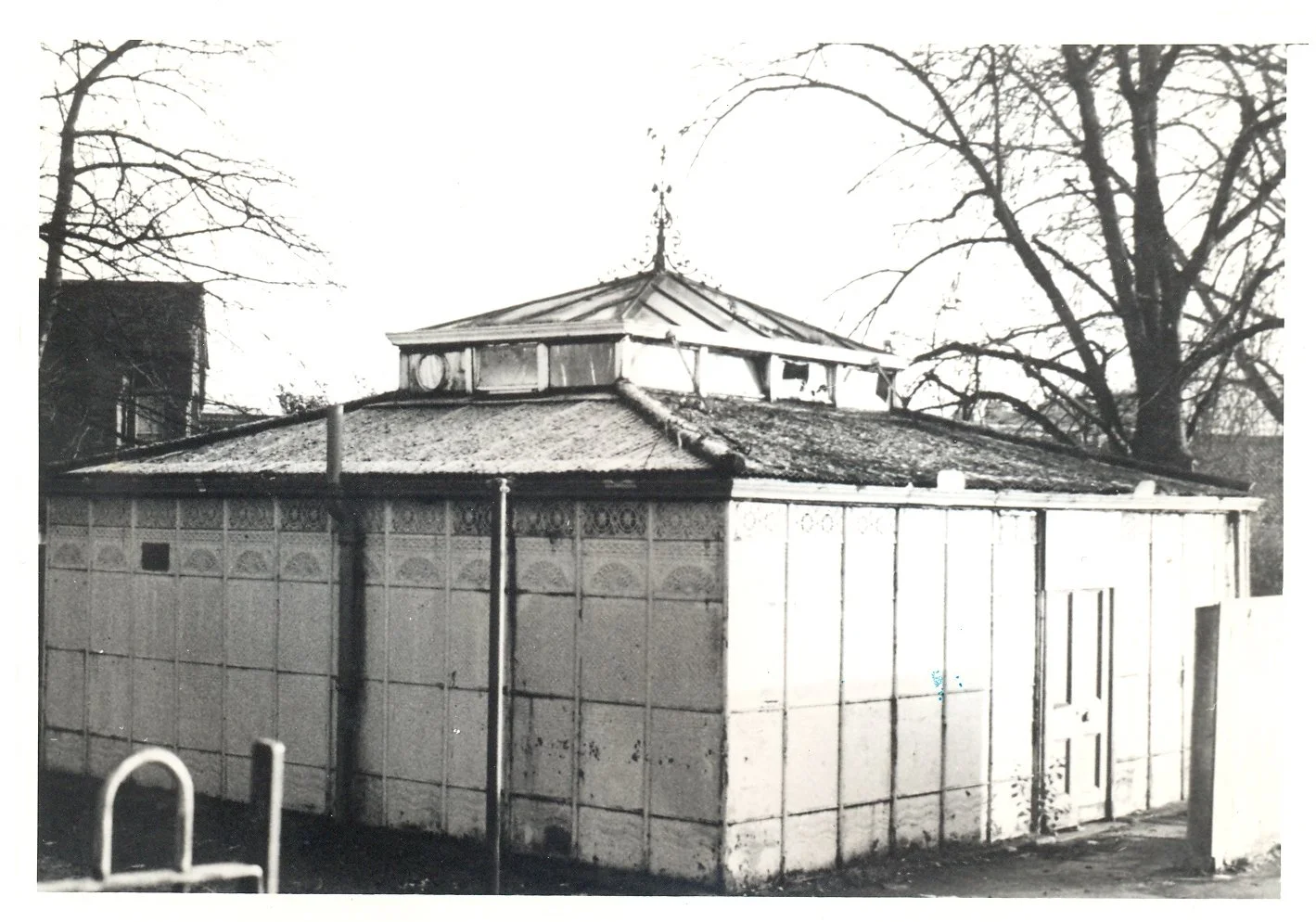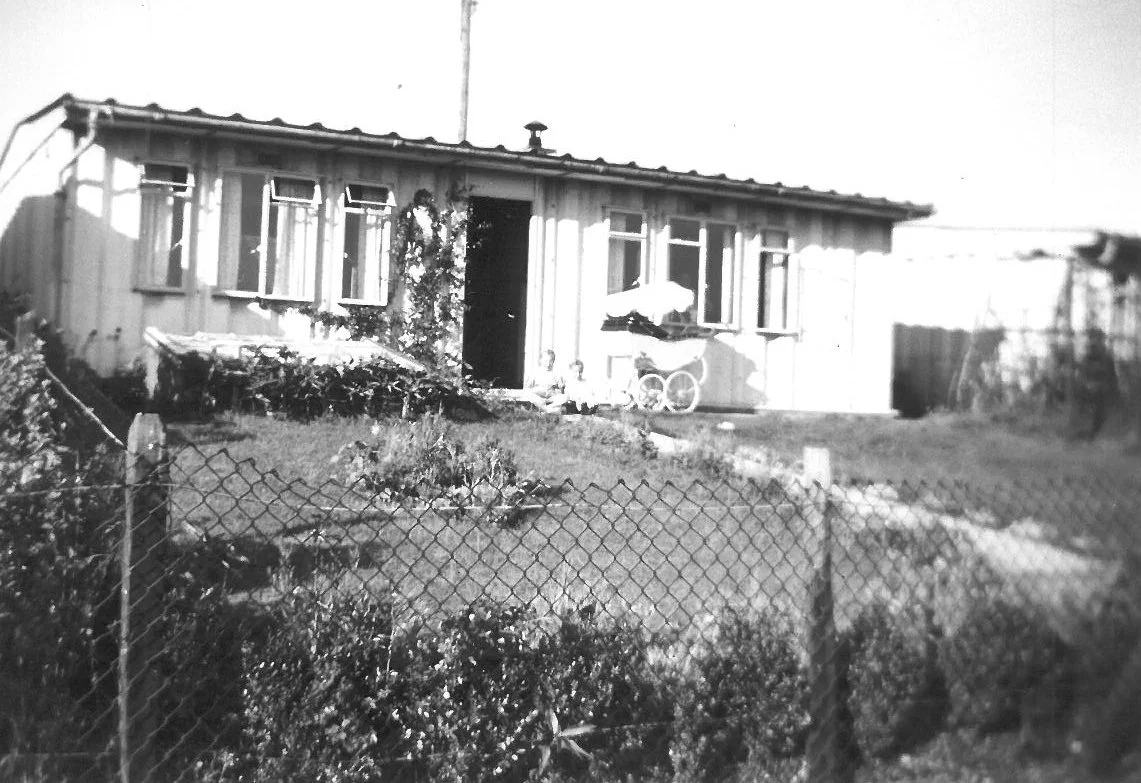Chiltern Towns and Villages : What’s in a Name?
The Chilterns
The name Chiltern, is believed to be Brittonic (the ancestor of the modern Celtic languages) and possibly related to the ethnic name Celt. Before the Celts arrived in Britain there were hunter gatherer people who arrived in England much earlier and some place-names still include words from their language.
The hills have been used for their natural resources for millennia. The chalk has been quarried for the manufacture of cement and the flint for local building material. In a region without building stone, local clay provided the raw materials for brick manufacture and also for building houses like Haddenham thanks to an uncommon kind of clay called wychert. Beech woods supplied furniture makers with good quality hardwood. The area was once renowned for its chair-making industry, centred on the towns of Chesham and High Wycombe.
The Chilterns may not have towns with such intimidating names as Alverdiscott (pronounced Alscott), Happisburgh (pronounced Haizboro) or Woolfardisworthy (pronounced Woolsery), but it nevertheless has some interesting histories behind its town and village names. If you are wondering why there is such a difference between spelling and pronunciation, then remember that English spelling did not become standardised until the 18th century and people continued to pronounce words as they always had.
Caversham Public Conveniences in their original position.
As you enter the Museum you immediately see the Caversham Public Conveniences. Caversham which is mentioned in the Domesday book of 1086 is probably based on the personal name Cafa, thus making the word which means Cafa’s settlement.
Amersham Prefab in the original location.
Amersham, not far from COAM and the original site of our Prefab means “Ealhmund’s village”. Ealhmund may not have founded the village, but he must have been a prominent person and his name is found in the 1066 record of the town, Agmodesham, where the g represents the h of the name and by the time that the Domesday Book was written in 1086, it had become known as Elmodesham. Further spelling variations are seen in 1460 as Agmondysham and Amytysham
Leagrave Cottages in their original location.
The thatched house on the village green is from Leagrave which is now a suburb of Luton. Leagrave has competing theories concerning its origin. In 1224 it is named “Littegraue” meaning light-coloured grove. Another document refers to it as Lygegrove where Lyge is an old name for the River Lea. In 1396 yet another document refers to Lythtegrave.
Opposite Leagrave is Haddenham named after the Chilterns village which was recorded as Hedreham in 1086 and Hedenham in 1142. It probably goes back to Haedanham or Haedingaham meaning the settlement or tribe of Hadding.
At the far end of the Museum is Glory Mill named after John de la Gloire who held the mill in 1235 at which time it would have ground corn.
Written by Roger Coode, Chiltern Open Air Museum Volunteer




